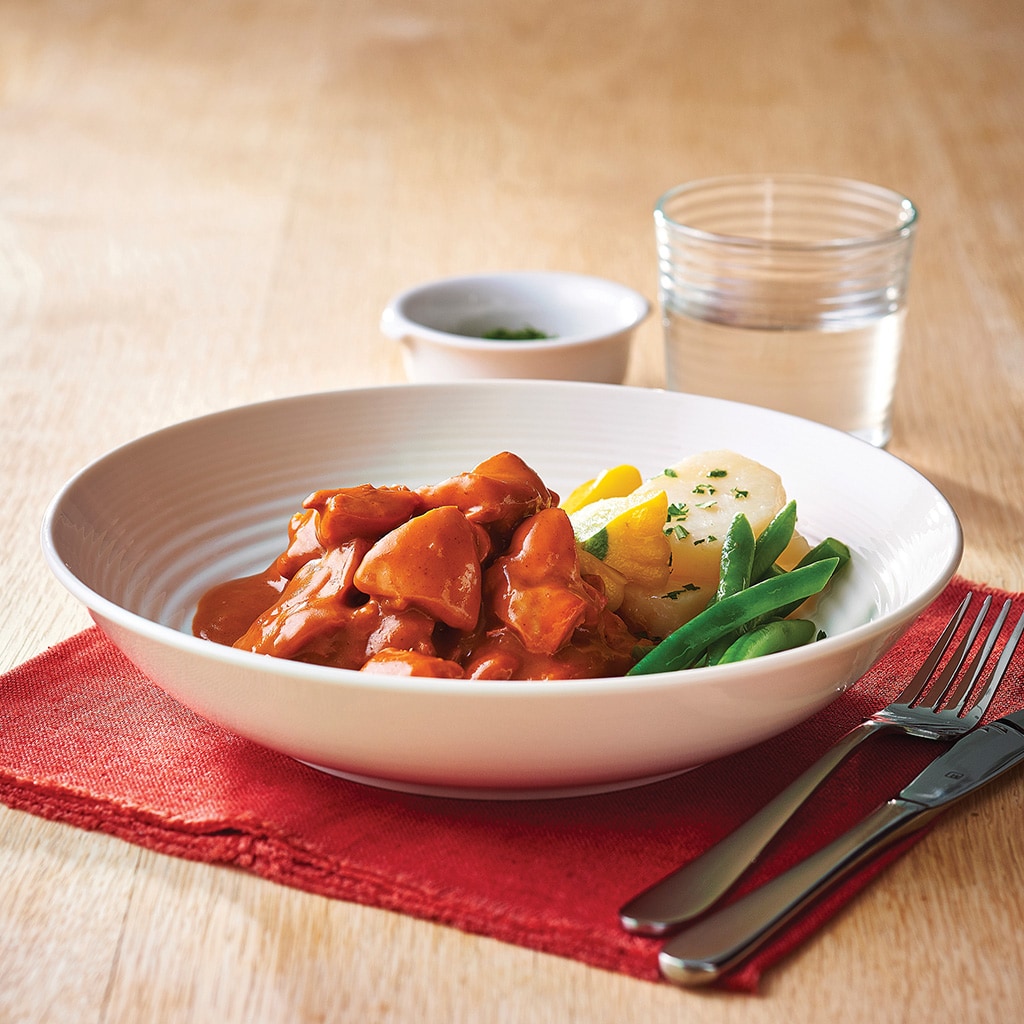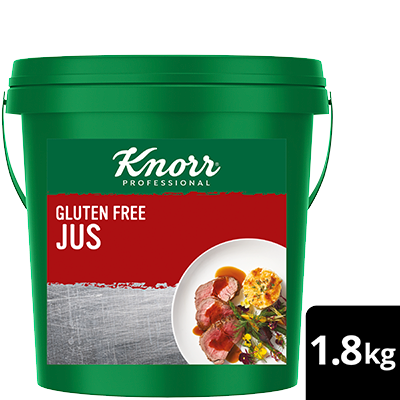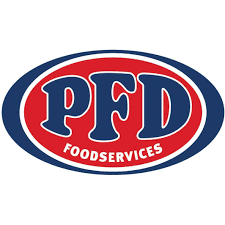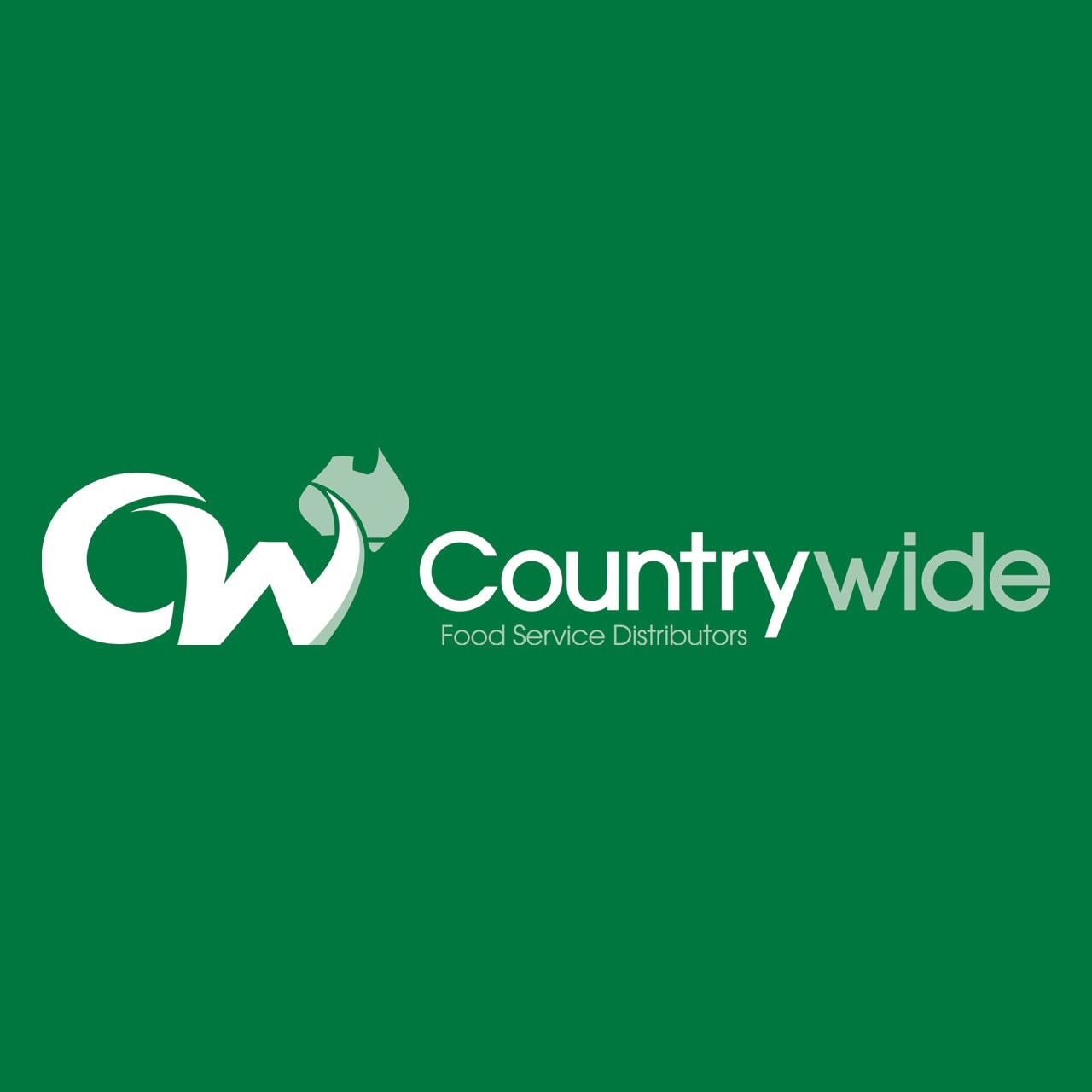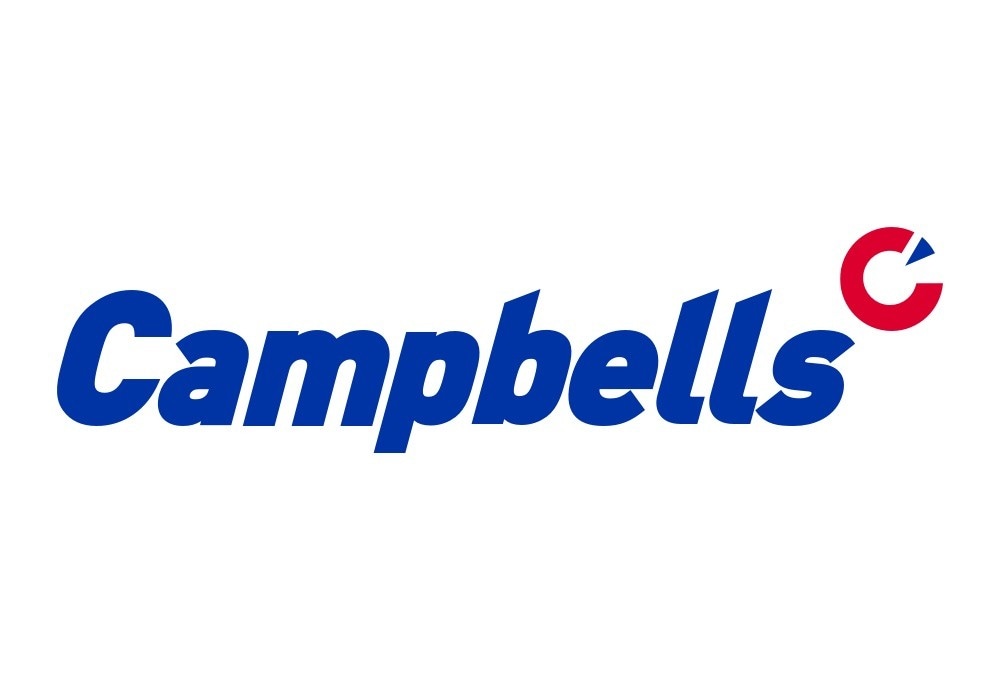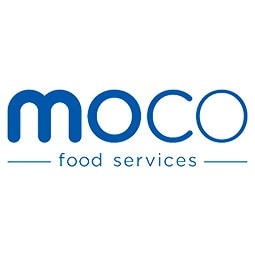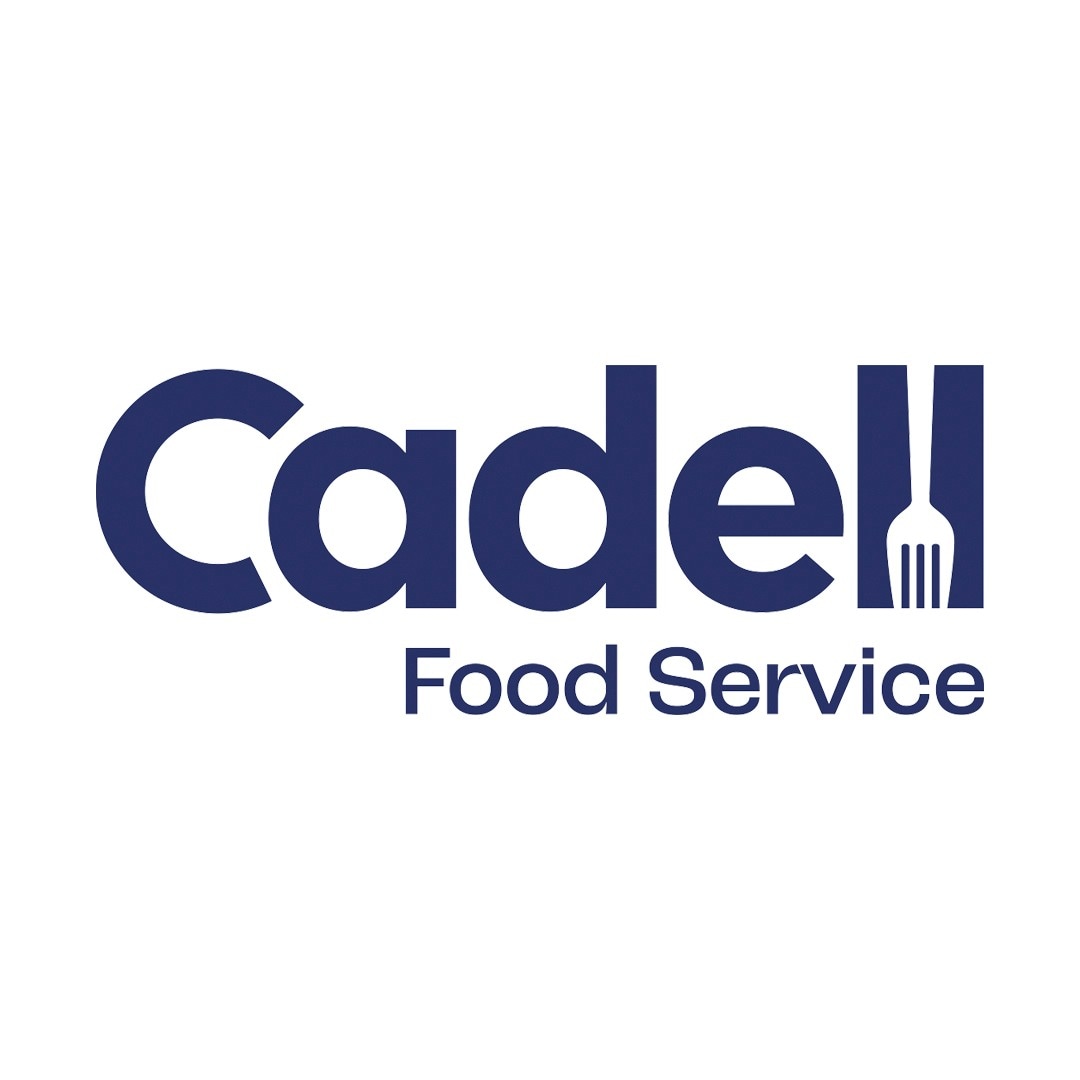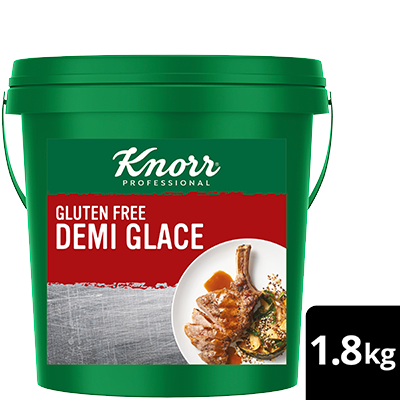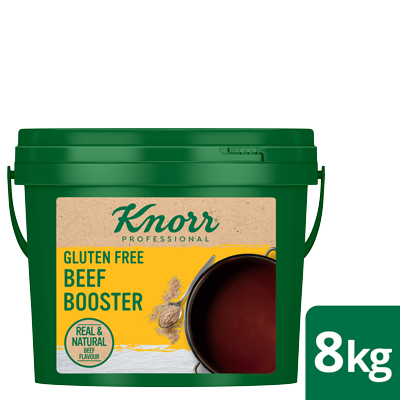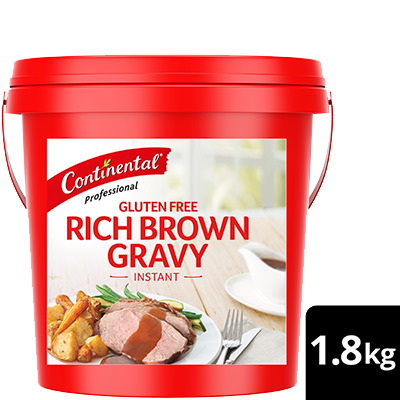Summary from August IHHC event
Posted on Wednesday, 16ᵗʰ October, 2019
August was a busy month for the IHHC, with a full-day seminar in Sydney on August 13 and the main National IHHC Conference held this year in Melbourne on August 26 - 28th.
Food in aged care was on the agenda with a variety of speakers and topics ranging from non-animal protein products to the direction of aged care in China.
The common thread across both events this year was the introduction of the new aged care standards (which came into effect on July 1 2019) and the impact they had on many aspects of running an aged care facility.
The biggest change with the latest version of the standards is the focus on dignity and choice for the consumer - your residents.
While the majority of aged care facilities already intuitively embody these values as part of their day-to-day activities, the biggest change has been the necessity to now show how this is incorporated into the culture of an aged care home.
Many of the experts at both IHHC events were keen to show how best to document the conduct of an aged care facility, their staff and the processes they have in place.
With the implementation of unannounced inspections commencing late last year, the ability to show what is being done and how, has become an essential part of the internal process and while it may initially add to the administrative load for kitchen staff, streamlining your processes now will improve efficiency in the future.



Meal plans showing what has been offered to residents is simple to document. There are many online programs which help with menu planning and can be saved to an archive for future reference.
Adjust your dining arrangements so they can be tailored to the resident's needs and preferences. Not everyone wants to eat in an open dining area with others. For those feeling unwell, the option to eat in the privacy of their room should be easy to accommodate.
Statistically between 40-60% of residents have some form of swallowing difficulty and have been recommended some level of texture modification, it is now important to show how these residents are being given a range of meal choices.

Direct resident feedback is also now part of the new standards inspection process so clearly showing your residents what choices are available and having them understand the autonomy they have, will help them be able to articulate responses to the feedback questions.
Morgan Pankhurst presented her PHD findings based on the exploration of food service satisfaction in residential aged care homes. Conducting in-house questionnaires is another way to gather resident feedback - see our tips for creating effective resident questionnaires here.
One of the issues with feedback from the current generation of residents is they are typically wanting to give the ‘right’ answer rather than an answer which they perceive might be wrong or upsetting to the questioner. For example, they may not be comfortable expressing their dislike of a dish for fear of upsetting the kitchen staff. They might not eat it, but they won’t say they didn’t like the taste. 7 tips for creating an effective feedback questionnaire.

One of the issues the unannounced inspections have created is the need for catering staff to be able to show how the new standards have been incorporated into the systems and processes of foodservice at their facility.
Keeping extensive records can increase the administration load, however, menu planning software can help with both planning, and storing information which can be used to show how food choices are offered to residents.

Disclaimer: The content of this article is created for inspiration purposes only. It is not intended as clinical, medical or nutritional advice.
Related Articles
Top recipes
-
Stuffed Baked Mushrooms -
Canadian Baked Vegetable Poutine with Mushroom Gravy -
Slow Braised Beef Brisket with Cauliflower Puree -
Lamb Schnitzel with Rosemary Parmesan Crumb -
Pork Belly with Sauteed Apples and Cider Gravy -
Honey Garlic Chicken Stir Fry -
Braised Lamb Rissoles and Mongolian Sauce -
Chasseur Sauce -
Butter Chicken Casserole -
Mexican Loaded Sweet Potatoes -
Braised Lamb Rump with Creamy Mushroom Sauce -
Slow Cooked Lamb Shoulder -
Pork Sugo, Pronto Jus
Related Products
Log in or Create an account to access:
- Get access to this content
- Discover the latest culinary trends
- Explore and save your favourite recipes
- Watch free video training courses for chefs










